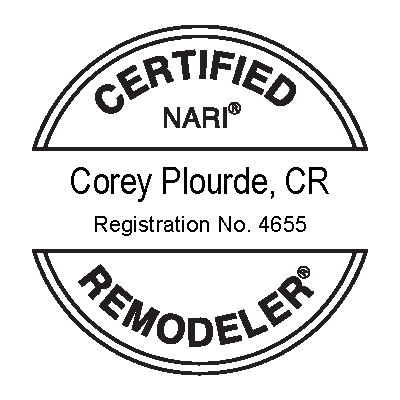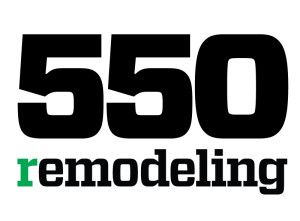Makeover Mania: Is the Remodeling Frenzy Changing the Industry?
/CREDIT: CHRIS BOEKE
Consumer home improvement sources like Houzz and HGTV are more popular than ever. For Professional Home Remodelers, is that a blessing or a curse?
By Laura McNulty
Home Remodeling is having a moment in the spotlight. It’s difficult to turn on the TV without seeing one of the hosts of a home remodeling show; HGTV saw 13% ratings growth in 2016, boosted by smash successes like Fixer Upper, by far its most popular show with an average of 4.6 million viewers per episode in 2016 (runner-up Flip or Flop averaged 2.8 million).
Home design and remodeling websites also are skyrocketing in popularity. Houzz, for example, boasts more than 40 million active homeowner users and offers those customers more than 13 million design photos for their viewing pleasure. A simple search for “home remodeling” on Pinterest brings up a seemingly endless list of results, organized onto boards with topics ranging from ideas for individual rooms to budget-friendly suggestions.
The trendiness of home remodeling is obvious, but what’s still to be determined is how that is impacting the market. Do homeowners have different expectations than they used to? Are they more knowledgeable than they once were? Have their design tastes changed? Overall, is the proliferation of consumer remodeling resources a blessing or a curse?
Forming First Impressions
It’s difficult to gauge if the increased interest in home improvement is translating into increased activity. While spending is on the rise—and projected to hit new heights—the improved economy is given the bulk of the credit for the upswing. What is apparent is that the bevy of information available to consumers is having an impact after clients are in the door.
“I think there’s a huge influence from the media, because everybody has their phones,” says Maida Korte, principal designer at Rolling Hills, Ill.-based Designs by Maida. “I can’t even remember the last client who didn’t share something with us either on Pinterest or Houzz.”
Tyson Leyendecker, senior lead designer at Silent Rivers Design + Build in Des Moines, Iowa, says that about half of the firm’s clients currently come in with requests pulled from web sources. When they don’t, the firm directs clients toward its Houzz page to look at past projects and get ideas.
Those who do come in with requests usually are looking at particulars rather than broad concepts, he says. “Frequently, it is more specific things like, ‘I like this rangehood.’ It may be the same thing with tile, wallpapers, colors of cabinets.”
Is the Price Right?
Of course, the elephant in the room when discussing remodeling media, and television in particular, is just that: cost. When homeowners see amazing remodels completed for bare-bones budgets, it can be extra difficult for remodelers to make the case for their prices. But overall, both Korte and Leyendecker say, clients understand that the magic of reality TV doesn’t equal reality.
“We tend to remember the clients that are unreasonable … where they don’t want anything to cost money at all,” Korte says. “But for the most part, they’ll listen and understand why something costs a certain way.”
Silent Rivers has found that a strong prequalification process is crucial. By having the budget conversations upfront, Leyendecker says, the firm can establish reasonable expectations—and politely opt not to work with those clients who aren’t amenable to discussion. “Then as we really get into some of the design concepts, we’re not showing them concepts that they’re not going to be able to afford,” he says.
Clients may face some initial disappointment when it turns out the room of their dreams is beyond their means, but it’s up to the remodeler to figure out how to incorporate those desired elements into a more affordable design.
Coming Together
Ultimately, one of the most important effects of remodeling’s increased exposure is how it has changed the relationship between the homeowner and the professional—and it’s largely for the better. “It has changed how we present to clients,” Korte says. “People loves a slideshow mentality; everybody wants to be able to look at something … and share it with somebody else.”
Her company now sends just about everything—photos of samples, jobsite images, and finish details—to customers digitally after a meeting. This strategy, she says, improves the experience for clients and helps make the designer’s job easier as well.
The accessibility of online tools also helps designers better understand what homeowners are looking for and communicate different options, says Leyendecker. “Just doing a collaborative process between our designers and our clients, being able to interact—somebody’s sitting in front of the TV at night adding pictures to their Houzz ideabook, and the designer is ultimately getting updated on the things they’re saying—that’s definitely helped.”
From that perspective, the benefit of being able to better serve the customer is worth the occasional challenges caused by misinformation. After all, as Korte puts it, “We want to thrill our clients—not just make them happy.”




























